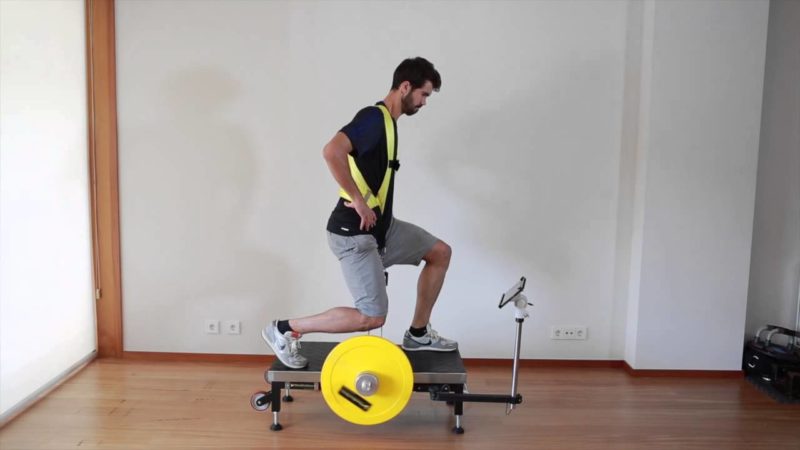
For activation, I like to use this set of resistance band glute exercises at home and at the gym.
For building muscle I like this great set of exercises for glutes that can be found on Bret Contreras’ (The Glute Guy) website.
You should also be aware of how many times to train glutes per week. You should be doing more exercises than just squatting to built great glute muscles.


 Road accidents are something that people can never prepare for. No matter how cautious a driver you are, there are some things beyond your control that can inevitably lead to a road crash. That being said, an accident on two wheels has potentially more damaging consequences to the driver and its passengers when compared with an accident on a four wheeled vehicle.
Road accidents are something that people can never prepare for. No matter how cautious a driver you are, there are some things beyond your control that can inevitably lead to a road crash. That being said, an accident on two wheels has potentially more damaging consequences to the driver and its passengers when compared with an accident on a four wheeled vehicle.










